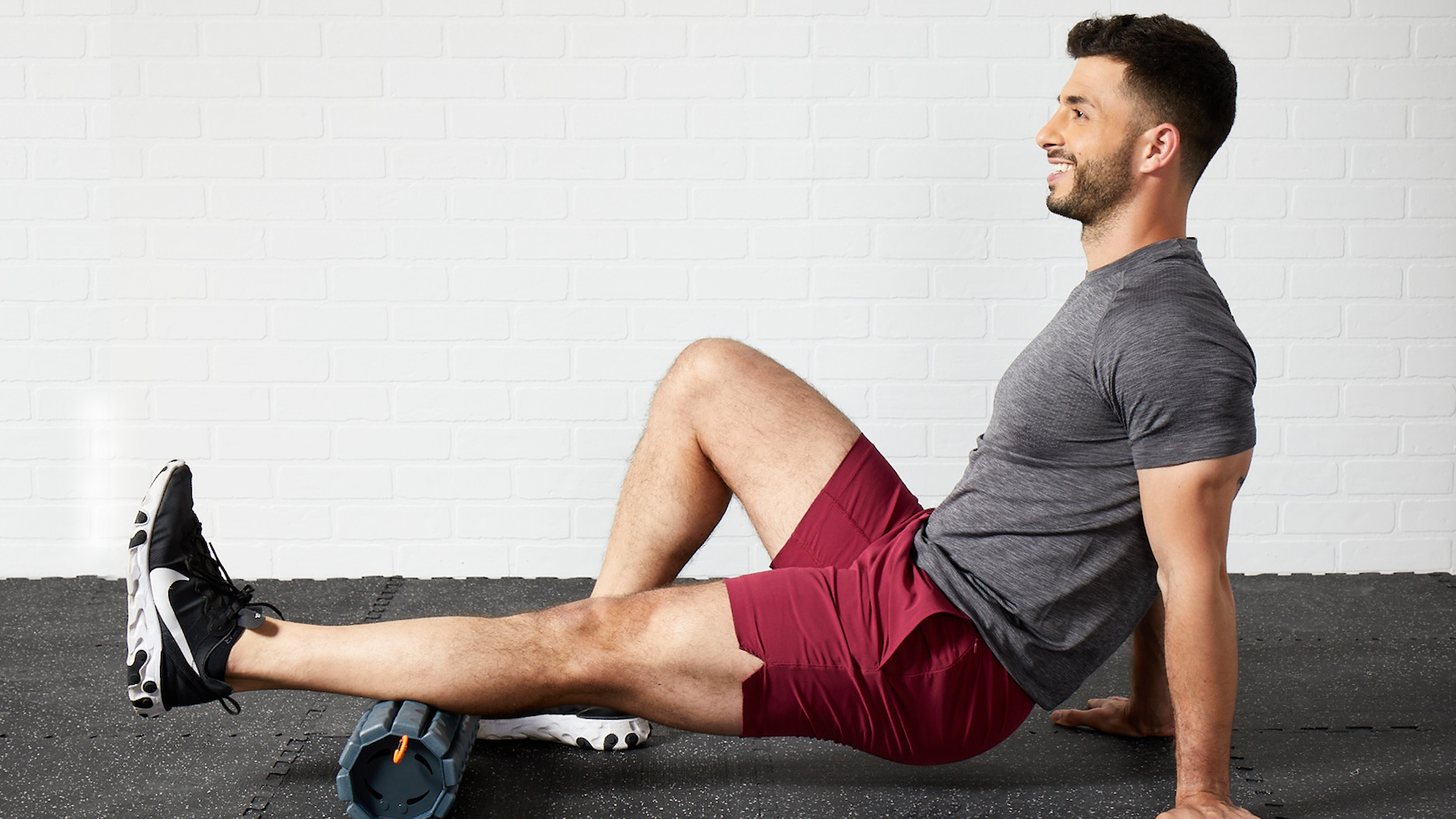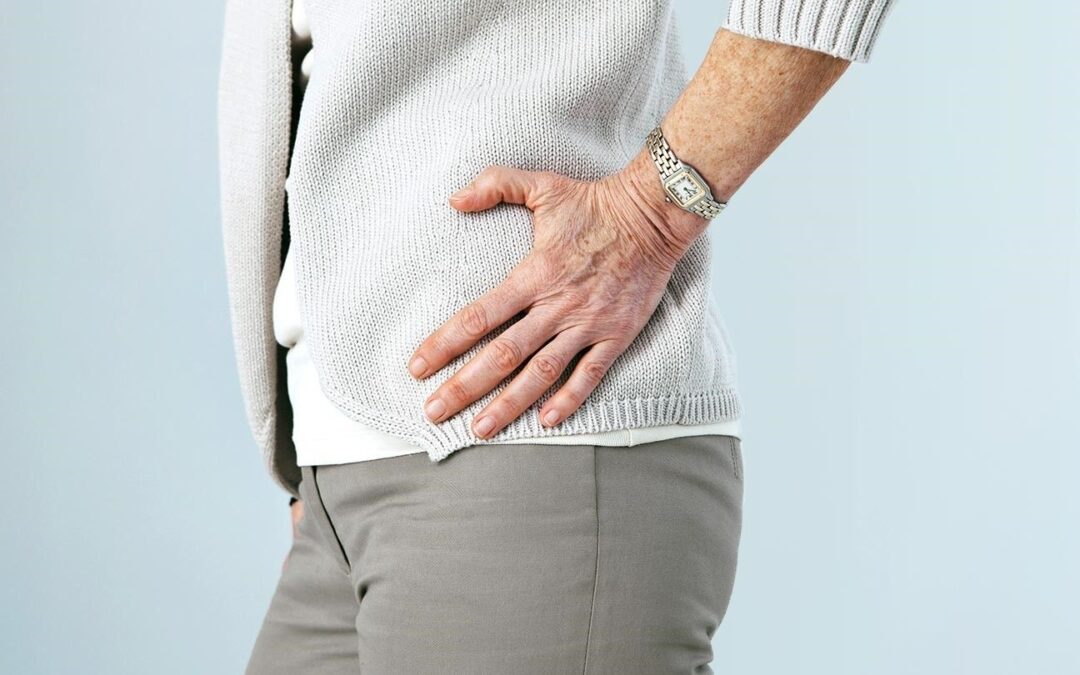Hip pain can be a significant obstacle, affecting your ability to move comfortably and enjoy daily activities. Whether it’s a sharp pain that disrupts your sleep or a dull ache that makes walking challenging, understanding the underlying causes and knowing how to address them is crucial for effective relief. In this blog post, we’ll explore common causes of hip pain and how physiotherapy can play a vital role in your recovery and overall well-being.
Common Causes of Hip Pain
1. Hip Osteoarthritis
- Description: Osteoarthritis is a degenerative joint disease that causes the cartilage in the hip joint to wear down over time, leading to pain and stiffness.
- Symptoms: Pain in the hip joint, stiffness, especially after periods of inactivity, and decreased range of motion.
2. Hip Labral Tear
- Description: The labrum is a ring of cartilage that helps stabilize the hip joint. A tear can occur due to injury or repetitive strain.
- Symptoms: Groin pain, a sensation of catching or locking in the hip joint, and discomfort that worsens with movement.
3. Tendonitis
- Description: Inflammation of the tendons around the hip, such as the iliopsoas or gluteal tendons, often due to overuse or strain.
- Symptoms: Pain in the hip or outer thigh, which may worsen with activity and improve with rest.
4. Bursitis
- Description: Bursitis involves inflammation of the bursae, small fluid-filled sacs that cushion the hip joint. Greater trochanteric bursitis is particularly common.
- Symptoms: Pain on the outer side of the hip, which can radiate down the thigh or up towards the buttock, often aggravated by activities like walking or climbing stairs.
5. Hip Fractures
- Description: A fracture in the hip, often caused by trauma or osteoporosis, can be a serious condition requiring medical attention.
- Symptoms: Severe pain, inability to bear weight, and noticeable deformity in the hip area.
6. Muscle Strains
- Description: Strains in the hip flexors or adductors can occur due to sudden movements or excessive use.
- Symptoms: Pain in the hip or groin, muscle tenderness, and difficulty moving the affected leg.

How Physiotherapy Can Help
Physiotherapy is a cornerstone in the management and recovery of hip pain. Here’s how it can assist you:
Comprehensive Assessment
Evaluation: A physiotherapist conducts a detailed assessment to identify the root cause of your hip pain. This may include physical examinations, posture analysis, and review of your medical history.
Pain Management
Techniques: Physiotherapy employs various methods to manage pain, including manual therapy, heat/ice application, and modalities such as ultrasound or electrical stimulation to reduce inflammation and discomfort.
Rehabilitation Exercises
Strengthening and Flexibility: Tailored exercises strengthen the muscles around the hip joint, improve flexibility, and enhance stability. This can alleviate pain and prevent further injury.
Improving Function
Movement Patterns: A physiotherapist can address and correct movement patterns that may be contributing to your hip pain. This includes gait analysis and adjustments to daily activities to reduce strain on the hip.
Education and Prevention
Injury Prevention: Physiotherapists provide education on proper posture, body mechanics, and activity modifications to prevent future hip problems. They also guide you on ergonomic changes and techniques for safer movements.
Gradual Return to Activity
Rehabilitation Plan: A structured plan helps you gradually return to your normal activities and exercise routines. This ensures a safe and effective transition, reducing the risk of re-injury.

Tips for Managing Hip Pain at Home
1. Rest and Avoid Aggravating Activities: Give your hip time to heal by avoiding movements or activities that worsen the pain.
2. Apply Ice or Heat: Use ice packs to reduce inflammation or heat packs to relax tight muscles, depending on what provides relief.
3. Gentle Stretches: Perform gentle stretching exercises as advised by your physiotherapist to maintain flexibility and reduce stiffness.
4. Maintain a Healthy Weight: Excess weight can put additional stress on your hip joints, so maintaining a healthy weight can help alleviate symptoms.
5. Use Supportive Footwear: Proper footwear can help with alignment and reduce strain on your hips during daily activities.
What’s Next?
Hip pain can significantly impact your quality of life, but with the right approach, you can manage and overcome it. Physiotherapy offers a comprehensive solution for diagnosing, treating, and preventing hip pain. By addressing the underlying causes and implementing a tailored treatment plan, you can find relief and get back to enjoying your daily activities.
If you’re experiencing hip pain, don’t hesitate to reach out to a physiotherapist. We are equipped to help you understand your condition and guide you through a path to recovery.
Feel free to contact us at 780-388-0378 for a personalized consultation and take the first step towards a pain-free and active lifestyle!

